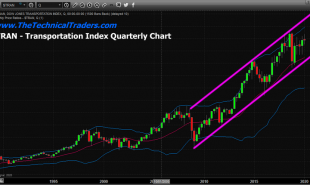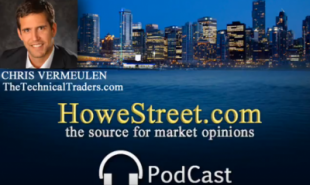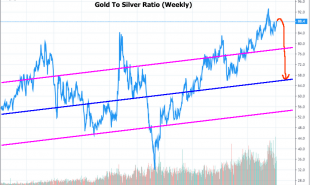
Liquidity as the cornerstone of your investment portfolio
Ever since the crisis in 2008 we have seen that rapid swings in the markets can come when a lack of liquidity appears. The paradox with liquidity is that it disappears at times when you need it the most. So let’s elaborate on what it is to have liquidity in ones portfolio, What are liquid positions? How do we manage it, and what happens without it. Then we focus on how we manage or make liquid positions when setting up a P2P investment portfolio.
What are liquid investments
Cash is king also when it comes to liquidity so what can we consider as cash equivalents when it comes liquidity. Cash equivalents instruments are typically defined by investments that can be converted into cash easily. Assets with short maturities of less than 90 days. Consider major tradeable stocks like apple or shell. These can be easily converted into cash in case of an emergency, this is also the case with almost all government/ corporate bonds or treasuries
In general investments are considered liquid when they can be sold easily at a stable market price. Non-liquid assets cannot be quickly sold for cash, like property, direct loans, art etc.
How to manage portfolio liquidity
Lesson one is to keep your core liquidity in cash or high liquid assets. Also keep a part of the assets in prime quality so you can easily trade it at par price.
Why is this? Well when shit hits the fan and money is needed the liquidity paradox comes around the corner and you are lost in limbo because you can't just buy or sell any asset at any time; the buyers need a seller, and the sellers need a buyer. Liquidity is prime.
Managing liquidity when setting up P2P portfolios
If you take above into consideration when setting up your first P2P portfolio make sure you spread your bets around short and long term debt and understand that P2P is actually direct lending instead of buying a tradeable bond or stock. Lending out any amount for 5 years in a market where liquidity is scarce makes you want to look out for OTC brokers or maybe independent secondary markets. Also balance your portfolio through short term debt like small personal loans with a maturity of 90 days or less and invoice financing.
If too little liquidity is in your portfolio, a forced sell in an untimely manner will lead to undue market risk. On the flip side, make sure the portfolio doesn’t have more liquidity than needed. In many portfolios, the problem isn’t having enough cash, but having too much cash that’s earning nothing.
It’s been said that liquidity is like water, you don’t know its importance until you don’t have it. Liquidity has to be an overall philosophy, while safety is an underlying determinant. Knowing the right amount of liquidity needed, and when it’s needed, is key to maximizing yield and reducing portfolio risk.
Read more by email_registration_KF6RLq8eTs







